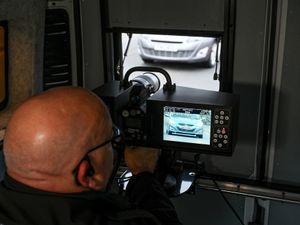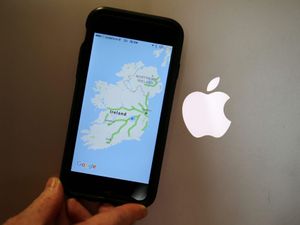Goats understand pointing gestures, study suggests
The findings could have important implications for how we interact with farm animals and other species, the researchers say.
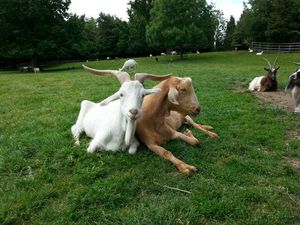
Goats can understand human pointing gestures, scientists have found.
A team of international researchers, which included experts from the UK, have found that goats, like dogs and horses, are able to interpret this human cue.
They said their findings, published in the journal Frontiers in Psychology, have “important implications for how we interact with farm animals and other species”.
Lead author Dr Alan McElligott, from the University of Roehampton, said: “Goats were the first livestock species to be domesticated about 10,000 years ago.
“From our earlier research, we already know that goats are smarter than their reputation suggests, but these results show how they can perceive cues and interact with humans even though they were not domesticated as pets or working animals.”
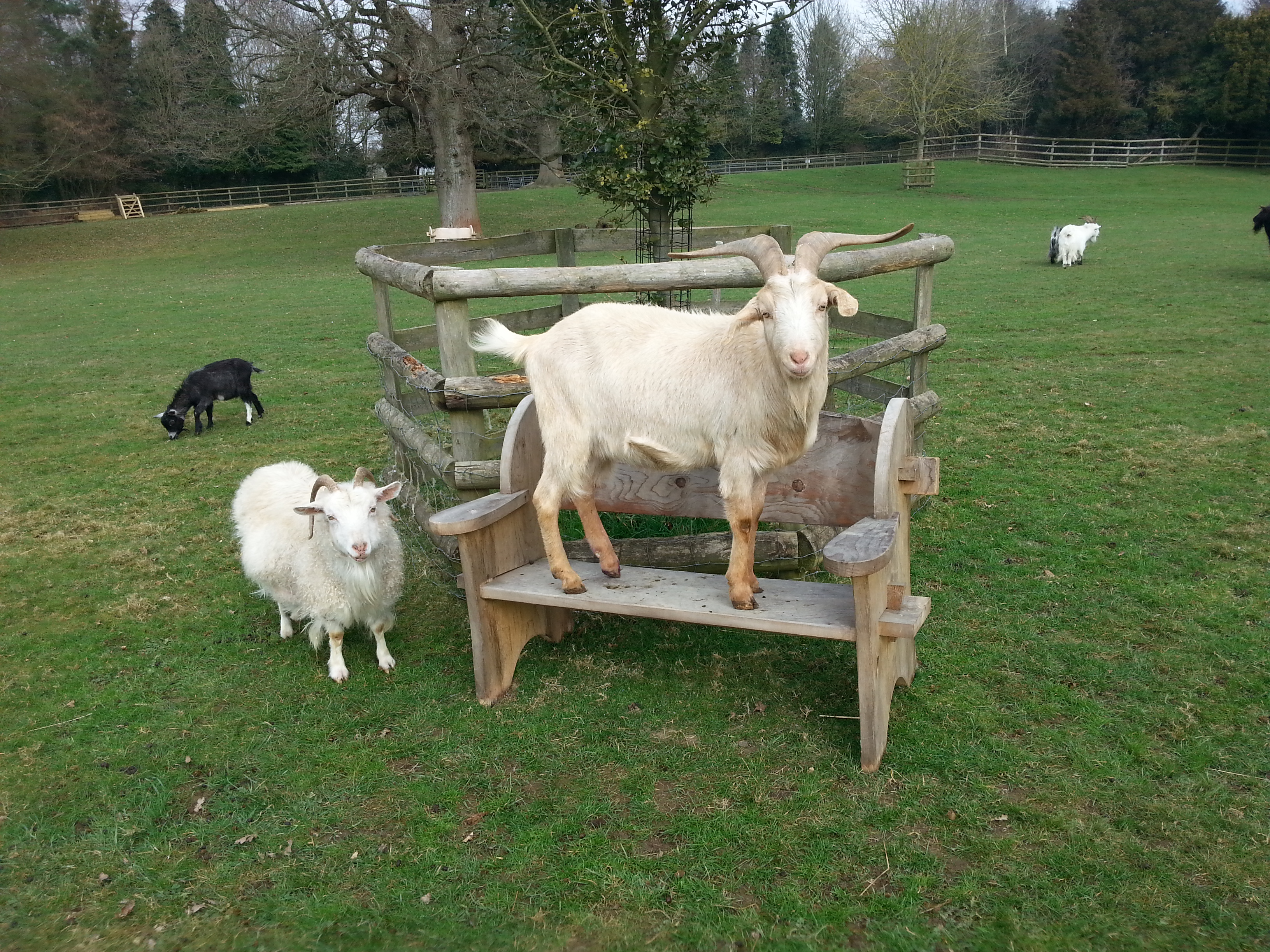
The researchers carried out a series of experiments at the Buttercups Sanctuary for Goats in Boughton Monchelsea in Kent to test the animals’ ability to understand the pointing gesture.
In a pre-test, which involved 20 goats, the scientists performed an object-choice task, where they placed two buckets in view of each animal and pointed towards the bucket that contained food.
Once the goats understood the meaning behind the gesture, more complicated tasks were set, with three different pointing gestures – proximal pointing, crossed pointing and asymmetric pointing.
Proximal pointing is where the researcher’s whole arm is visibly pointing at the reward bucket, while in crossed pointing only the hand and wrist are clearly visible when the arm gestures towards the bucket containing food.
In asymmetric pointing, the experimenter stands in front of the bucket without food while pointing towards the one containing the reward.
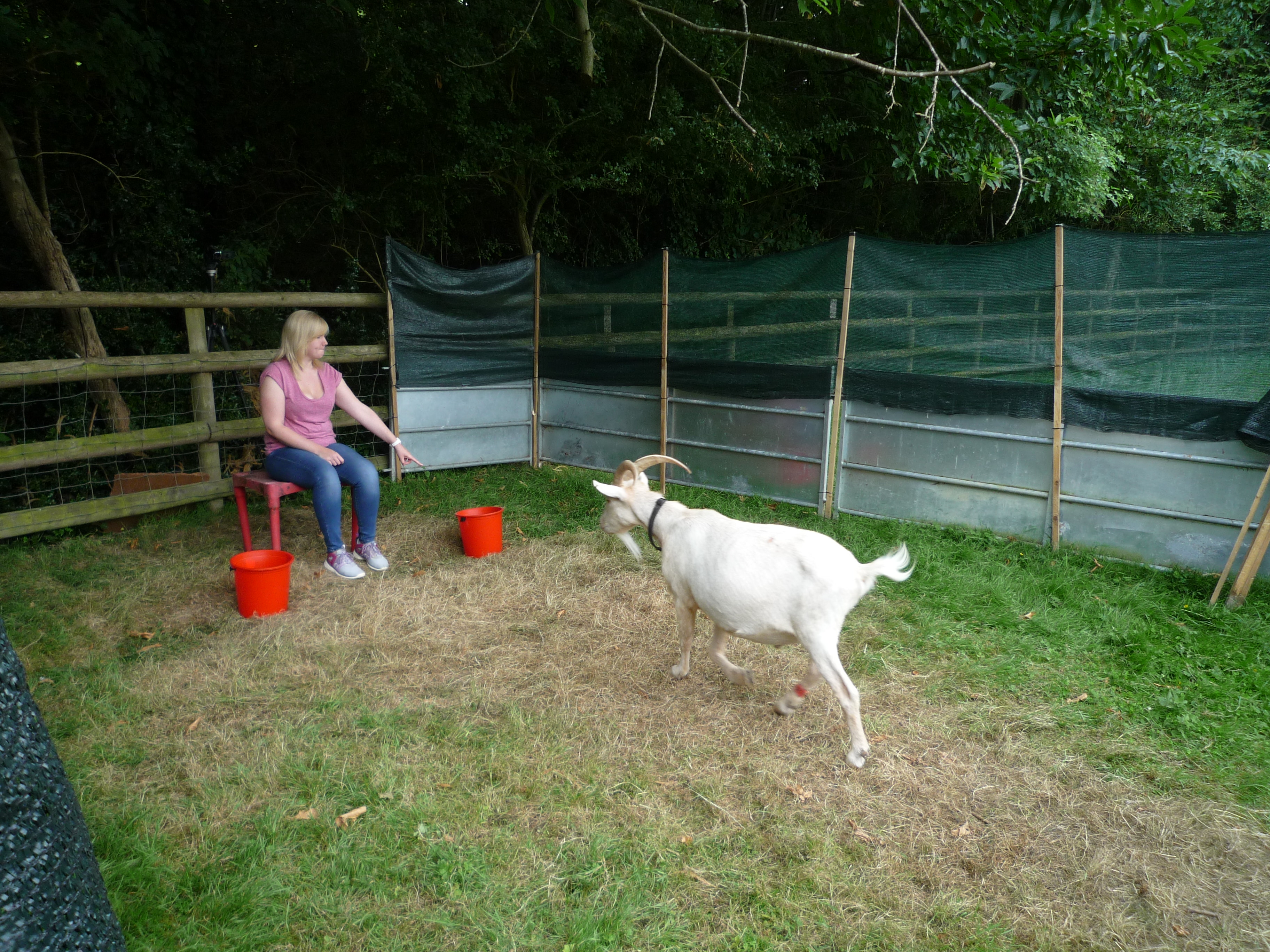
To be certain the animals were correctly interpreting the pointing gestures, the location of the food reward bucket was changed in some of the tests.
The goats were found to be better at identifying the food source when the researcher used the proximity and cross pointing hand gestures, compared with asymmetric pointing cues.
According to the researchers, this means goats can generalise their interpretation of the human pointing gesture but might rely on other stimulus to learn more about their environment.
Dr Christian Nawroth, from Leibniz Institute for Farm Animal Biology in Germany and first author on the study, said: “We already knew that goats are very attuned to human body language, but we did not know if they could follow a human cue such as a pointing gesture in the same way that dogs and horses do to locate a treat.
“This study has important implications for how we interact with farm animals and other species, because the abilities of animals to perceive human cues might be widespread and not just limited to traditional companion animals.”




